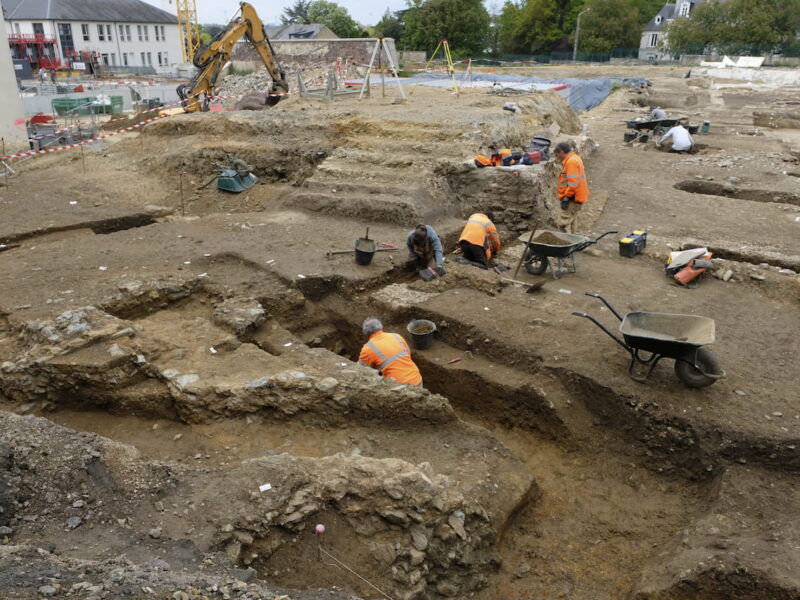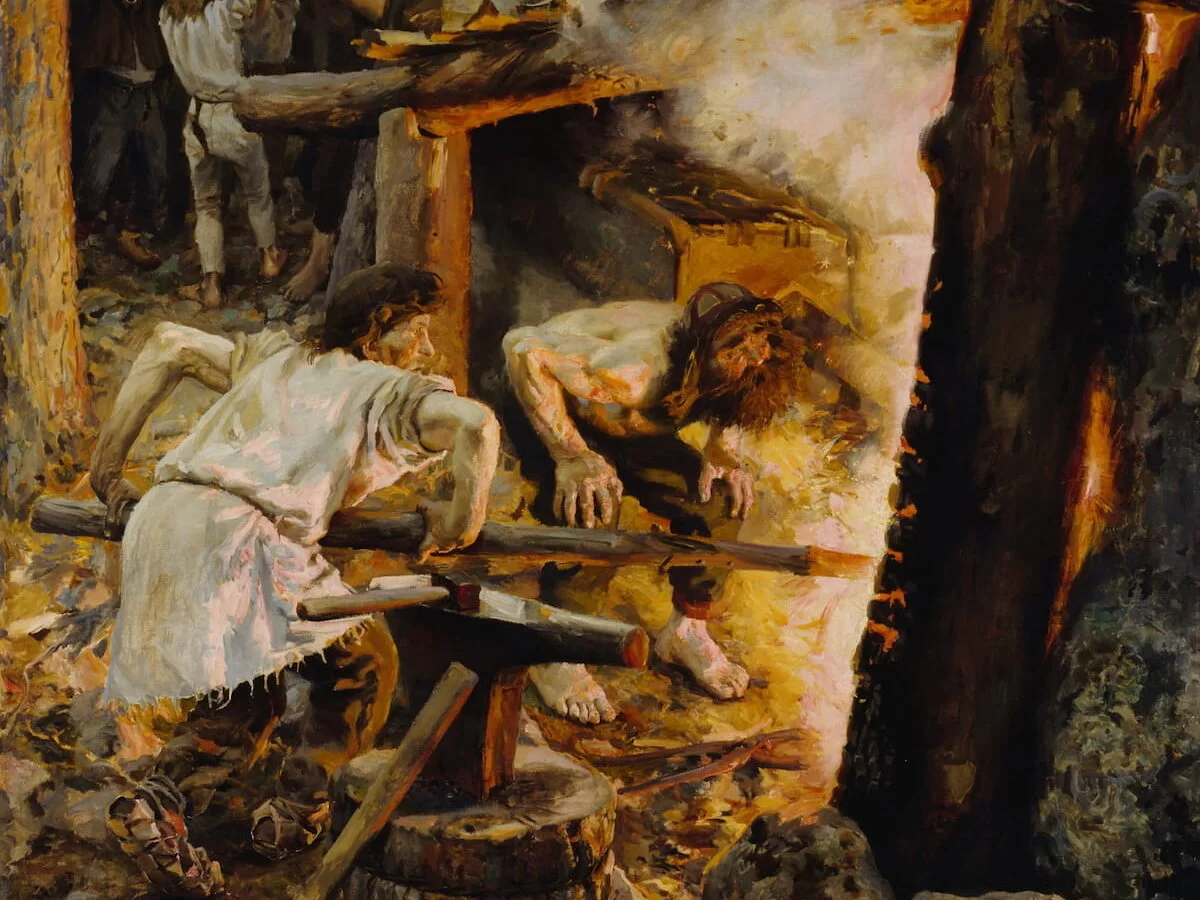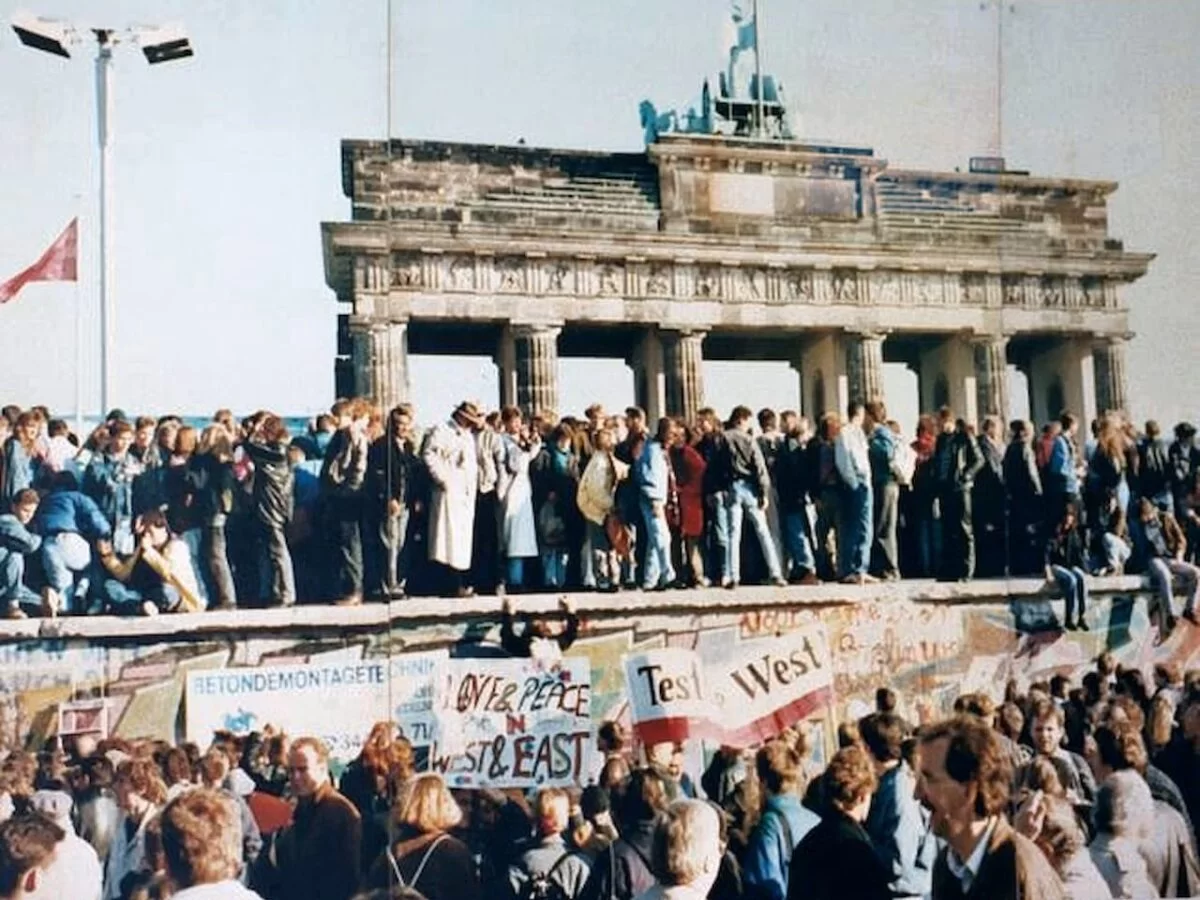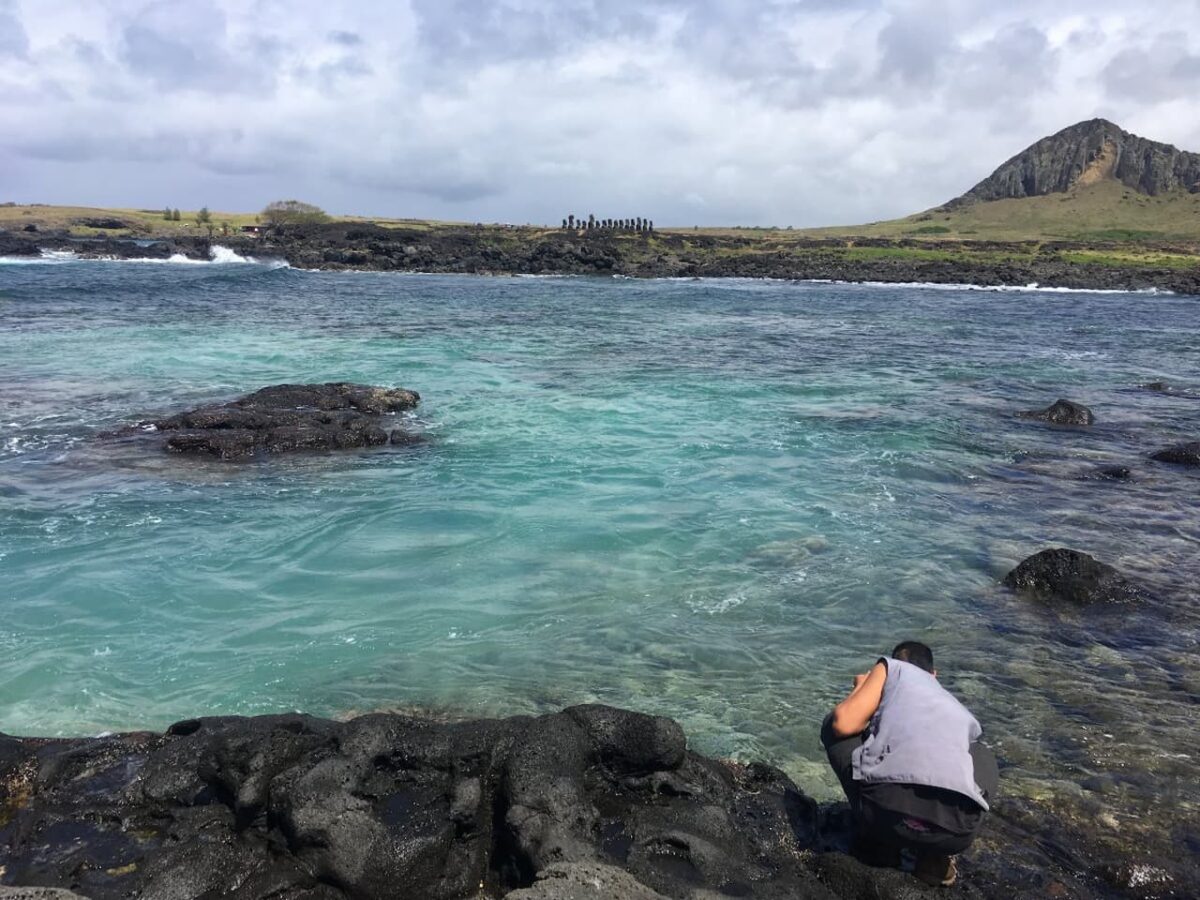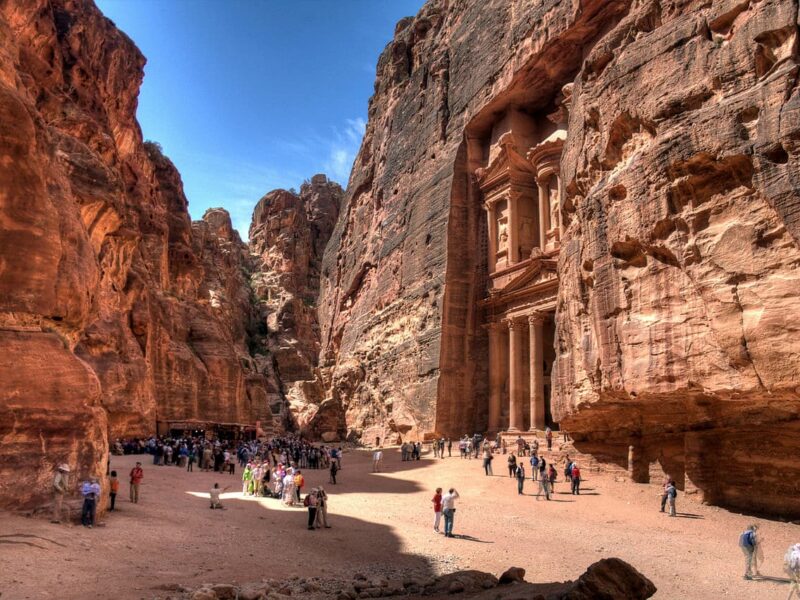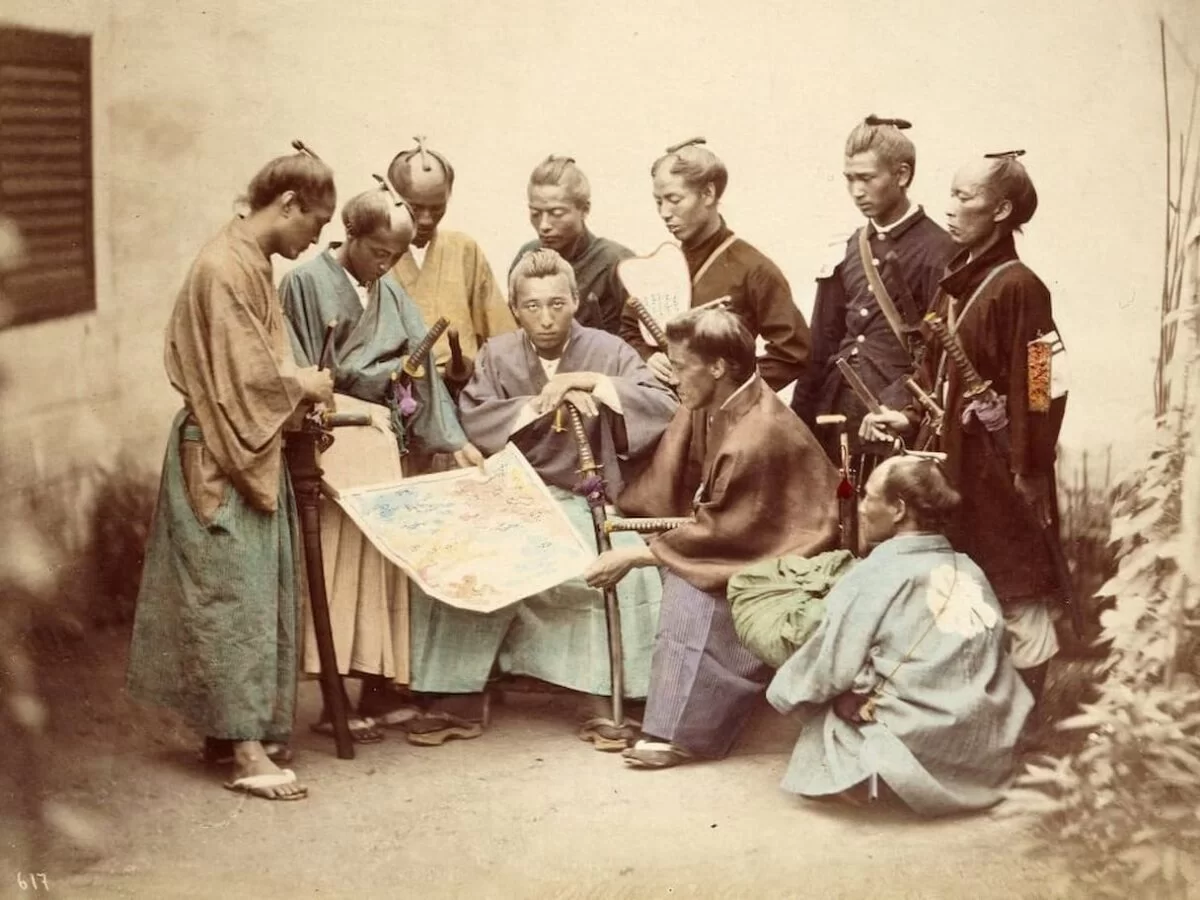As part of the renovation project of the Panopticon Museum in Autun (Saône-et-Loire, France), archaeologists from Archeodunum and the Archaeological Service of the city have joined forces to unearth two thousand years of history in a key area of the future museum.
This space, located inside the historic Hôtel Lacomme, covers about 50 square meters, where important discoveries have been made, including a well-preserved section of the Late Antiquity city wall, which has been buried for centuries.
The challenge for the archaeologists was significant: the excavation had to reach six meters below the current ground level. Carrying out this type of work in a Historic Monument is no easy task. It required precise coordination between the archaeologists and other professionals, such as structural engineers and geotechnical specialists.
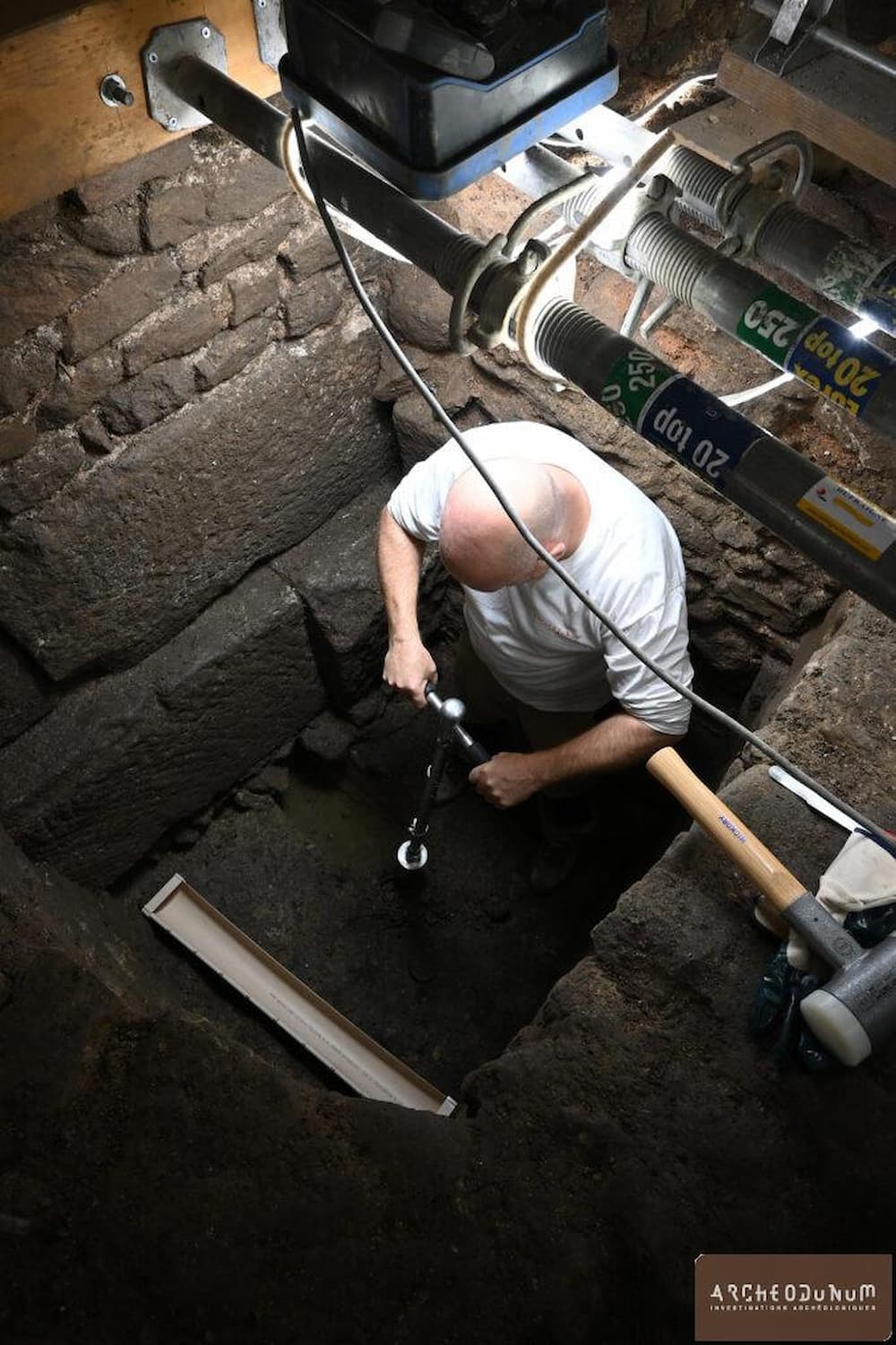
During the excavations, strict safety measures were implemented, including the installation of struts and reinforcements to maintain the building’s stability and ensure safety at all times.
One of the most notable finds of this excavation has been a segment of the ancient Roman castrum wall, a fortification that defended the city of Augustodunum (now Autun) during Late Antiquity. In the late 3rd and early 4th centuries, when the city was reduced in size, this new wall was built to protect the upper part of the city, known as the castrum.
This section of the wall, preserved to a height of over four meters and a thickness of three meters, rests on large stone blocks, highlighting the structure’s magnitude and defensive importance during that time.
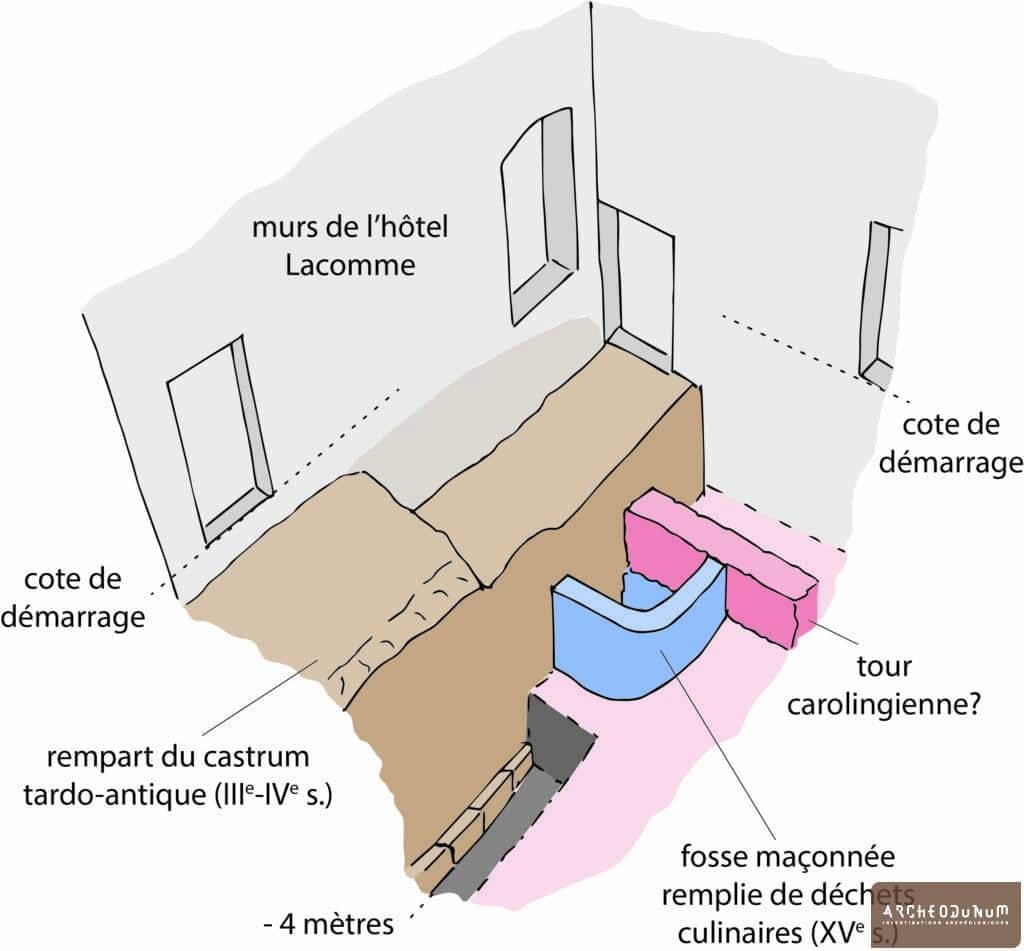
During Late Antiquity and the Early Middle Ages, the excavated area was located outside the fortified city limits. To ensure the defense of the wall, building near it was prohibited. However, the remains of floors and the large number of ceramic fragments and animal bones found indicate that the area was frequented, likely due to its proximity to one of the main gates of the castrum.
Over time, the fortifications were modified, and during the Carolingian period, defensive towers were added along the wall. In the 12th century, a new wall was built lower down, leaving the old castrum wall without its original function. This wall was then reused as a base for new buildings, and several medieval structures were found in the excavated area, integrated into the evolving urban landscape.
The Hôtel Lacomme, built in the 15th century, replaced the old medieval houses that had been erected near the castrum wall. During the excavations, archaeologists discovered a large number of culinary remains in a nearby pit, such as ceramic fragments, mortars, and bird and fish bones.

The analysis of the Hôtel Lacomme walls has revealed several renovations carried out between the 17th and 18th centuries. One of the most intriguing findings is that during renovation work prior to the creation of the Rolin Museum, an excavation reached the castrum wall, though its significance was not recognized at the time.
Despite the progress made, more than a meter remains to be excavated in the area. However, the work has been temporarily halted as the lowest level of the Hôtel Lacomme walls has been reached.
The project leaders are evaluating how to proceed without compromising the building’s stability and adjusting archaeological techniques to continue the excavations.
SOURCES
Discover more from LBV Magazine English Edition
Subscribe to get the latest posts sent to your email.







